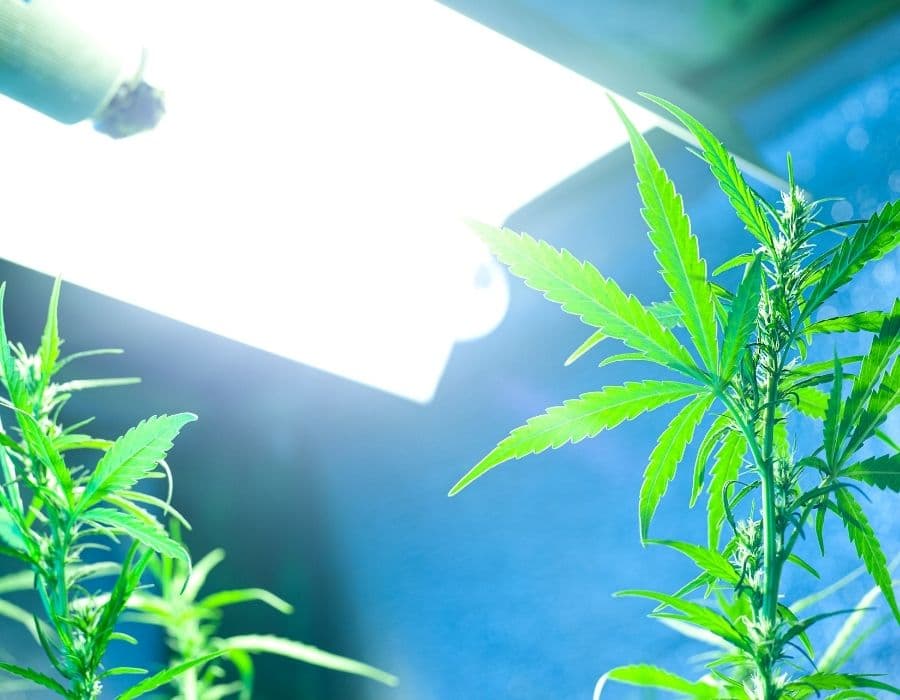Cannabis is a fun plant to grow. Watching growth cycles as they progress from seed to full-blown flower is a marijuana grower’s delight. One of the most enjoyable stages, for many, is the transition between vegetative growth into pre-flower bud formation as delicate white pistils begin emerging on the plant.
Indoor cannabis growers have the advantage of pre-planning for this remarkable transformation by manipulating light to ‘flip’ plants into the flowering phase. Known as the 12-12 light cycle, photoperiod cannabis plants naturally begin a different growth phase as they adapt to fewer hours of light.
While it is simple to change light output, knowing when to switch to a 12-12 light cycle requires a few other tactics to achieve maximum yield. Plant characteristics, training techniques, and nutrient recipe alterations also contribute to the ultimate success when growing cannabis.
Let’s take a look at how these maneuvers, working together synergistically, help pave the way to an abundant harvest.
How Does Switching the Light Cycle to 12-12 Initiate Growth Changes?
Photoperiod cannabis plant’s growth progression is dependent upon the amount of light received each day. Plants grown outdoors under natural light transform into the flowering period as the days become shorter after Summer Solstice. Indoor plants, given abundant light on an 18-6 or 24-0 cycle during veg time, require the switch to 12-12 to induce flower production.
Reduction of daylight hours redirects energy flow from expanding vegetative growth into bud formation during reproduction. As a plant can store more sugars during hours of darkness, redirected energy now supplies nutrition to create big, dense trichome-rich flowers.
Autoflowering cannabis plants, on the other hand, do not require light-cycle changes to progress into the flowering state. The Ruderalis genetics found in autoflower strains dictate the plant’s life cycle based solely on time. They grow for a certain period, vegging, and when their internal clock changes, they proceed into the flowering cycle.
Changing Light Spectrum Going into Flower
Science has proven parameters in light spectrum analysis to determine ideal conditions for cannabis growth. As noted, visible light spectrums range from 380nm – 750nm with cooler colour temperatures on the lower end of the scale and warmer temps in the upper range.
Marijuana plants growing in the vegetative phase flourish under cooler blue light in the 400nm-500nm range. Walking into a veg room in the morning reveals lovely ladies stretched high ‘praying’ to the light as they enter a new day. On the other side, energized plants in the flowering stage prefer warmer, higher light between 620nm – 780nm.
Traditionally, Metal Halide (MH) and High-Pressure Sodium (HPS) bulbs have been the cannabis industry standard. MH bulbs emit a cool blue light, providing ideal lighting conditions for plants to build a flourishing structure before flipping them to flower. As light availability decreases when switching to 12-12, changing the bulb temperature motivates marijuana plants into flower development.
